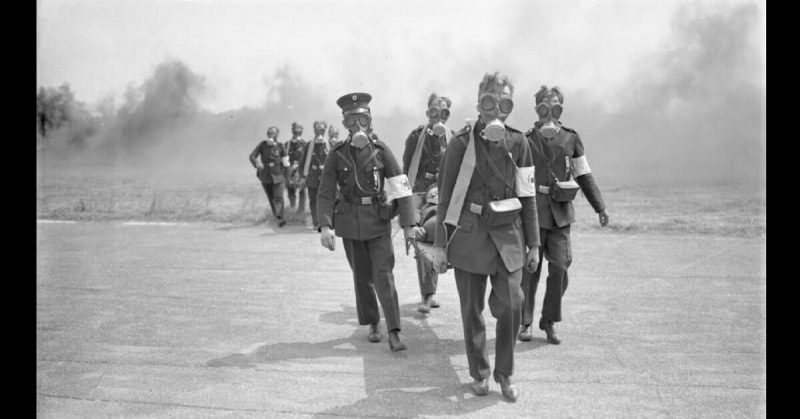Even though World War II ended over 70 years ago, the German Red Cross (in German, Deutsches Rotes Kreuz or DRK) still receives approximately 8,000 requests a year from people seeking help in finding relatives who have been missing since the war. WWII missing persons are still the primary focus of the organization, even as the program devotes an increasing amount of resources to finding lost refugees as part of a modern crisis similar to the refugee situations in Syria and Afghanistan.
Restoring Family Links (RFL) is a program run by the International Committee of the Red Cross (ICRC), along with the National Red Cross and Red Crescent Societies. The RFL focuses on helping reunite people who were separated due to “armed conflicts, natural disasters, flight, displacement or migration”. By the end of August 2017, the DRK had received more than 4,000 requests.
The president of the DRK said that families still searching for loved ones they were separated from in World War II needed to get their requests in soon. Funding from the German government for the initiative ends in 2023, so people are urged to submit their cases as soon as possible if they are seeking someone who went missing during WWII.
In the five years following the war, the DRK received 14 million requests for assistance. They could help clarify the whereabouts of the missing people in nearly nine million of those cases. By the end of the 1990s, the organization still had over a million unresolved cases.
The organization is not held captive by the past, though. They received almost 2,000 requests from refugees seeking relatives or relatives seeking refugees from Afghanistan, Syria, and Somalia.
Martin Schüepp is a regional director for the International Red Cross. He says that there have not been these many refugees since 1945. The United Nations Refugee Agency (UNHCR) estimates that there are currently 65 million refugees in the world today.
Schüepp says that the Red Cross is not focused on prosecuting those who cause these mass evacuations, but that they are using their technology to help clarify the whereabouts of persons who are separated from loved ones during their flight to safety. He calls locating the missing people a “humanitarian act.”
The International Commission on Missing Persons (ICMP) has released figures showing that millions of refugees have gone missing. They call the situation a “global challenge” and seek a coordinated effort between scientists and authorities. The global effect can be felt as far as Colombia, Mexico, Sri Lanka, Myanmar, Bangladesh, Thailand, and Malaysia. The recent war in Iraq itself led to approximately one million-people going missing.
The efforts are paying off. The DRK helped unite a brother and sister who lost track of each other in 1944. Thinking her brother, Güntar, had died during the war, Christel Ehrich married and raised a family in East Germany. After he registered with DRK’s tracing service in 2013, researchers were able to connect the two – 72 years after they were separated.
However, Missing Children Europe claims that too many children are falling through the cracks. They claim that many refugee children make their way to Germany so authorities in other countries assume that missing children of refugees are headed there. In the end, no one takes ownership of the problem, and many children are never found. The group works with a Greek charity, Smile of the Child, to find missing children in Europe. They are successful in that mission, but have run into difficulties trying to trace missing refugee children. There is often more information available regarding European Union national children than there is about children evacuating a crisis area, and there is no system in place to coordinate search efforts.
